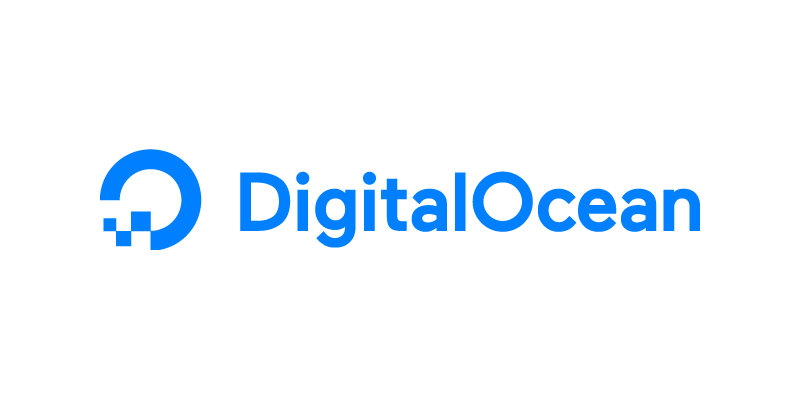 CLOUD
CLOUD
 CLOUD
CLOUD
 CLOUD
CLOUD
DigitalOcean Inc. is marking its seventh product launch in 18 months.
Following an extensive beta testing phase, the well-funded cloud provider today rolled out an object storage service called Spaces. DigitalOcean Chief Executive Officer Ben Uretsky hailed it as “the most important product we’ve released since Droplet,” the startup’s flagship virtual machine family.
The reason why it’s so significant boils down to one factor: ease-of-use. In an object storage environment, files are bundled together with the metadata that describes when they were created and other relevant contextual details. These integrated data objects are considerably easier to handle than the other forms in which information is typically kept. As a result, object storage has become incredibly popular among cloud developers.
Ticking this box carries particular weight for DigitalOcean because its entire value proposition centers on ease-of-use and accessibility. That’s why the company’s platform is so popular among independent developers and small teams, which constitute the bulk of its user base of a million.
Spaces was designed with the requirements of this segment in mind. The service makes it possible to provision capacity in a few seconds and supports many of the automation tools available for S3, the object storage service provided by market leader Amazon Web Services Inc.
Pricing starts at $5 a month for 250 gigabytes of storage and 1 terabyte of outbound transfer capacity. That’s more than S3, but additional storage carries a monthly cost of just 2 cents per gigabyte and 1 cent per gigabyte sent out to the web, which is lower than what AWS charges.
Spaces joins the block storage service that DigitalOcean launched in June. Block storage is trickier to manage than the object-based kind but claims it provides better performance in many situations, which is why it’s favored for enterprise applications.
DigitalOcean has been working to make its platform more appealing to enterprises by adding various advanced features. Since the start of the year, the company has introduced a monitoring service for tracking the performance of deployments and a load balancer to help deal with traffic management.
THANK YOU